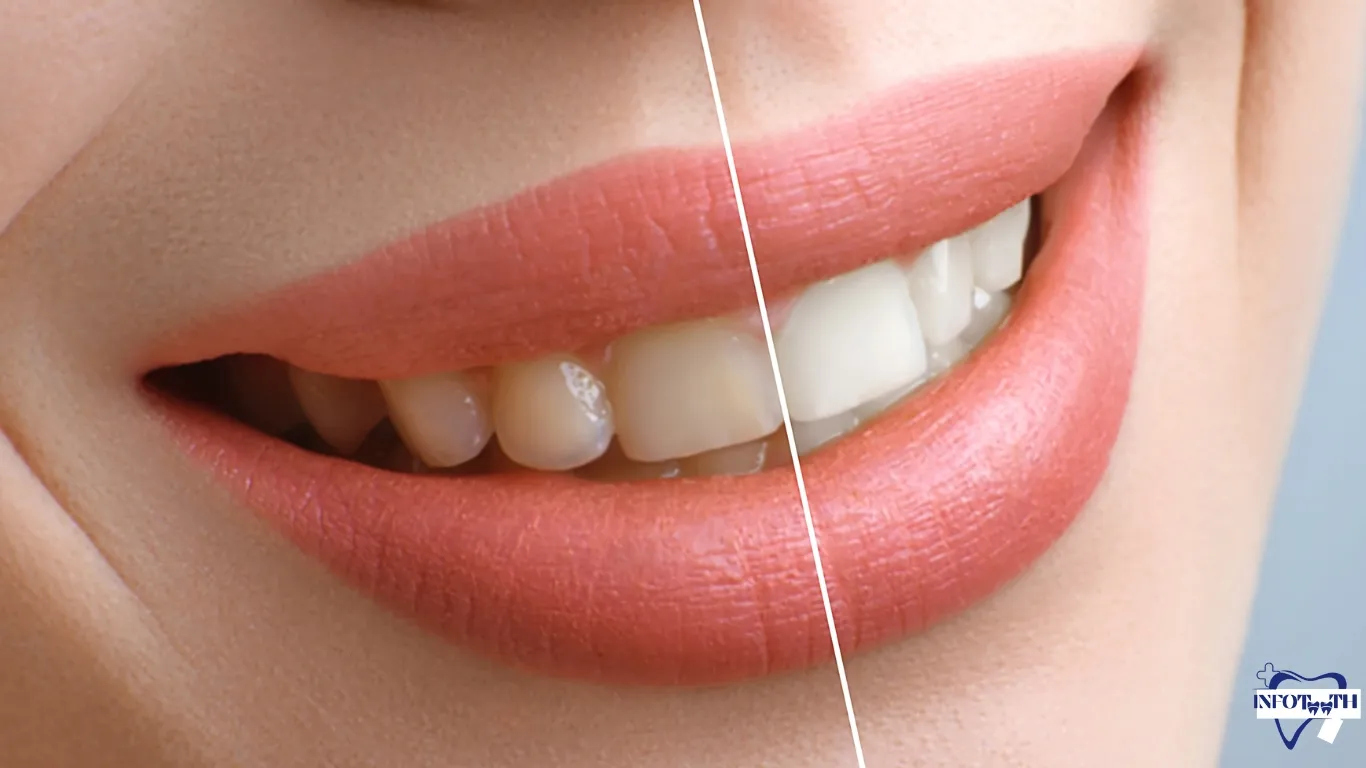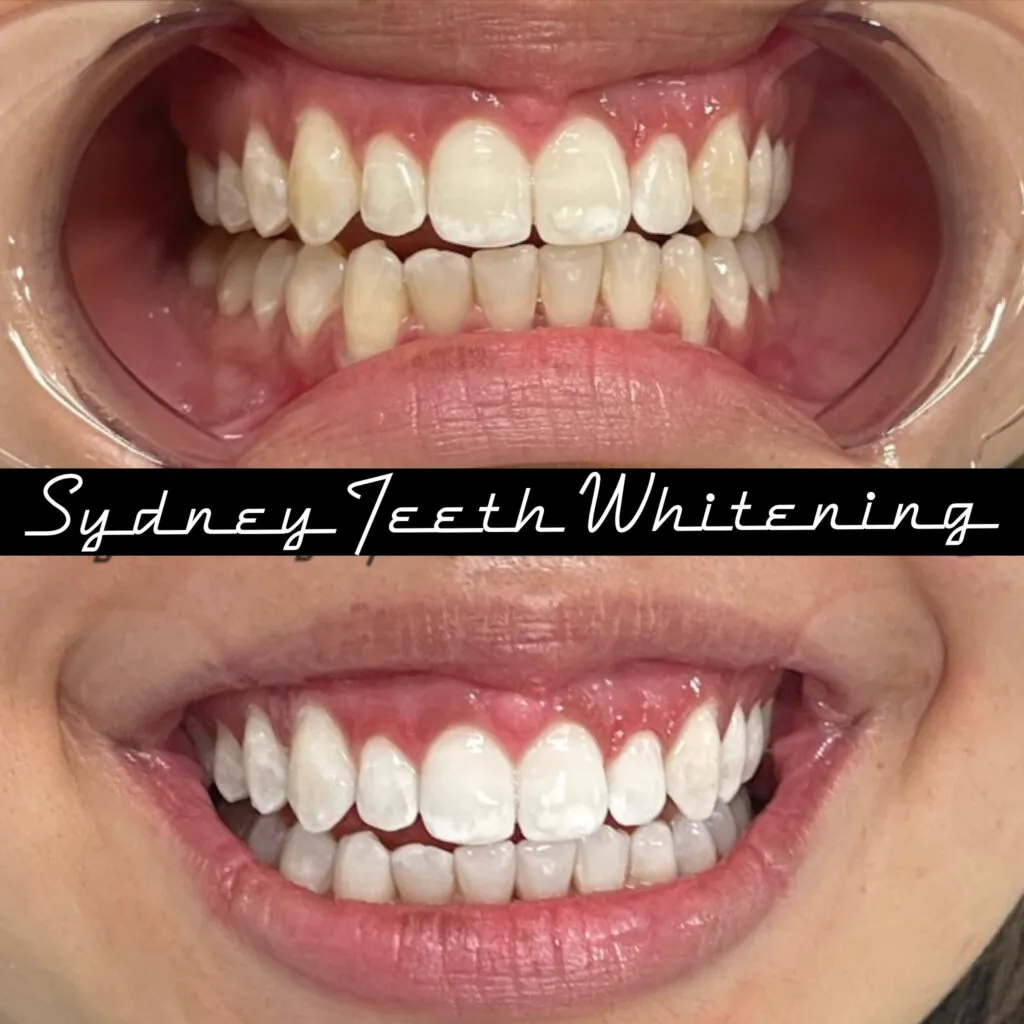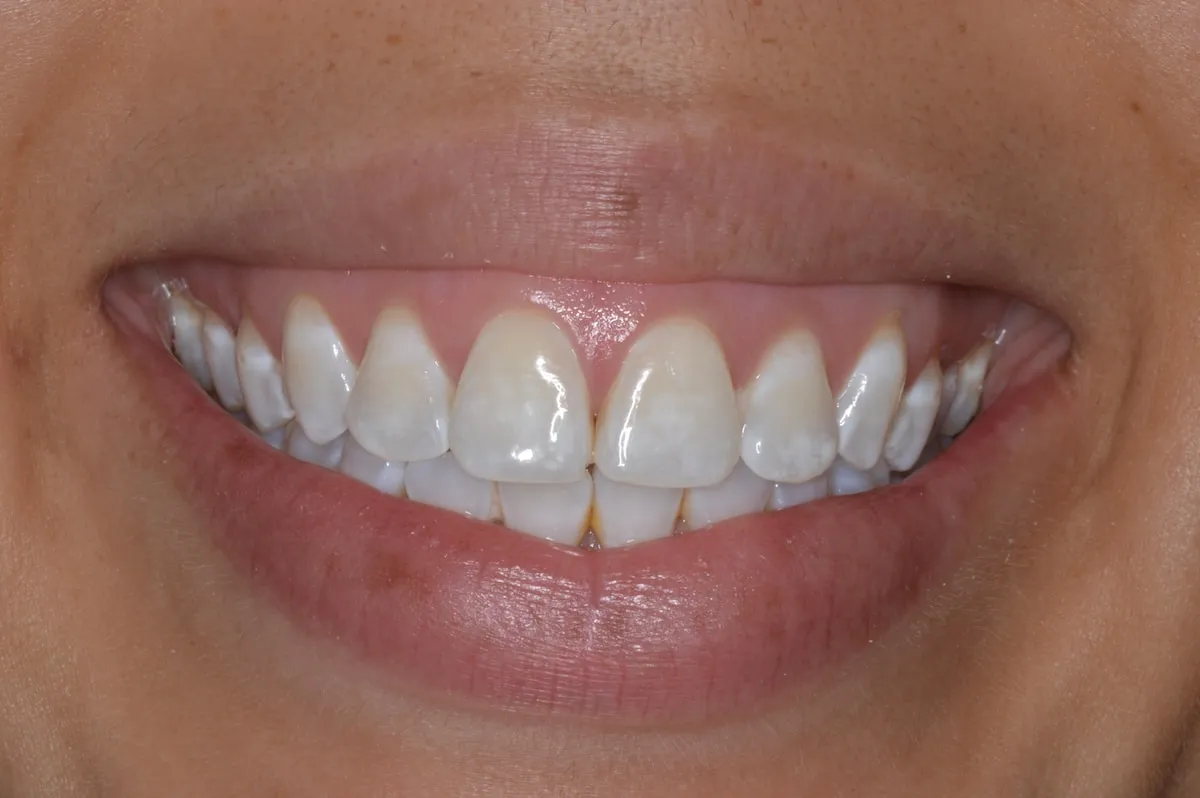What Are Teeth Whitening White Spots?
Teeth whitening white spots, also known as decalcification or enamel hypoplasia, are chalky, white patches that appear on the surface of teeth. These spots are areas where the enamel has become porous or thinner, often due to a loss of minerals. While generally harmless, they can be visually unappealing and a common concern for individuals undergoing teeth whitening treatments. The appearance of these spots can vary in size and number, and their visibility can increase after whitening as the surrounding enamel becomes brighter, making the contrast more pronounced. Understanding their causes and how to address them is crucial for anyone considering or currently undergoing teeth whitening.
Causes of White Spots After Teeth Whitening
Several factors can contribute to the formation of white spots after teeth whitening. These spots are not typically caused by the whitening process itself, but rather, they become more noticeable after the surrounding enamel is whitened. The underlying causes often relate to the condition of the enamel before the treatment. Pre-existing conditions, such as enamel hypoplasia and fluorosis, can make the teeth more susceptible to these white patches. Additionally, improper brushing techniques or the use of excessively abrasive toothpastes can erode the enamel, leading to mineral loss and the formation of white spots. Understanding these causes is crucial for both prevention and effective treatment. Proper oral hygiene and professional guidance can help mitigate the risk and minimize the appearance of these spots.
Enamel Hypoplasia

Enamel hypoplasia is a developmental condition where the enamel does not fully develop, resulting in a thinner, weaker enamel layer. This can lead to white spots, pits, or grooves on the tooth surface. The condition often arises during tooth development, and factors such as infections, nutritional deficiencies, or trauma can disrupt enamel formation. Teeth affected by enamel hypoplasia are more prone to staining and can appear chalky white or even yellowish. Whitening treatments can exacerbate the appearance of these spots, as the surrounding enamel whitens, making the affected areas more visible. Addressing enamel hypoplasia may involve professional treatments such as microabrasion, bonding, or veneers to improve the tooth’s appearance and protect it from further damage.
Fluorosis
Fluorosis is a condition caused by excessive fluoride exposure during tooth development, leading to changes in the enamel. It can manifest as white spots, streaks, or discoloration on the teeth. While mild cases may appear as barely noticeable white spots, severe fluorosis can cause brown stains and pitting of the enamel. The severity of fluorosis depends on the amount and duration of fluoride exposure. Children are particularly susceptible to fluorosis because their teeth are still developing. Preventive measures include monitoring fluoride intake, especially in children, and avoiding excessive use of fluoride toothpaste or supplements. Treatments for fluorosis range from cosmetic procedures like microabrasion and teeth whitening to more extensive options like veneers or crowns, depending on the severity of the condition.
How to Prevent White Spots During Whitening
Preventing white spots during teeth whitening involves a combination of proactive measures and proper oral hygiene practices. Consulting with a dentist before undergoing any whitening treatment is crucial. They can assess your teeth for existing conditions like enamel hypoplasia or fluorosis and recommend the most suitable whitening method. Using a remineralizing toothpaste can help strengthen enamel and reduce the likelihood of white spots. Avoiding over-whitening is another essential step. Following the dentist’s instructions and not exceeding the recommended treatment duration or frequency can help prevent enamel damage. Furthermore, maintaining a balanced diet rich in calcium and phosphorus can promote strong, healthy enamel. Regular dental check-ups and professional cleanings are vital for monitoring your oral health and addressing any potential issues early.
Use a Remineralizing Toothpaste

Remineralizing toothpaste plays a vital role in preventing and treating white spots by helping to restore minerals to the enamel. These toothpastes typically contain ingredients like fluoride, calcium phosphate, and other minerals that strengthen the enamel, making it more resistant to acid attacks and erosion. Using a remineralizing toothpaste regularly can help to reverse early stages of enamel demineralization, thus reducing the appearance of white spots. It is especially beneficial for individuals undergoing teeth whitening, as the whitening process can sometimes make the enamel more porous. Using a remineralizing toothpaste as part of your daily oral hygiene routine can significantly improve your dental health and maintain the brightness of your smile. Always consult your dentist for recommendations on the best remineralizing toothpaste for your specific needs.
Avoid Over-Whitening
Over-whitening can significantly increase the risk of developing white spots on your teeth. Following the instructions provided by your dentist or the whitening product manufacturer is essential to prevent enamel damage and uneven results. Excessive whitening can make the enamel more porous, leading to increased sensitivity and the appearance of white spots. This happens because the bleaching agents can weaken the enamel if used too frequently or for extended periods. It is important to adhere to the recommended treatment duration and avoid using whitening products more often than advised. If you notice any changes in your teeth’s appearance or experience increased sensitivity, consult your dentist immediately. They can assess your situation and provide guidance on adjusting your whitening routine to protect your enamel and maintain a healthy, beautiful smile. Always prioritize the health of your teeth over immediate cosmetic results.
Professional Teeth Whitening vs. DIY
Both professional teeth whitening and DIY methods offer ways to brighten your smile, but they differ significantly in terms of effectiveness, safety, and the potential for causing white spots. Professional whitening, performed by a dentist, involves the use of stronger bleaching agents and can provide faster and more consistent results. Dentists can also assess your oral health and identify any underlying issues, such as enamel hypoplasia or fluorosis, that might increase the risk of white spots. DIY whitening kits, available over the counter, are generally less potent and may take longer to show results. While they can be a more affordable option, they carry a higher risk of uneven whitening and potential enamel damage if not used correctly. Always consult your dentist to determine the best teeth whitening method for your needs and to minimize the risk of complications. Professional guidance ensures a safer, more effective whitening experience.
Treatments for Teeth Whitening White Spots

If you already have white spots after teeth whitening, several treatments can help improve their appearance and blend them with the surrounding enamel. The best approach depends on the severity and cause of the spots. Some milder cases may improve over time as the enamel remineralizes naturally, aided by good oral hygiene and the use of remineralizing toothpastes. Other options range from professional treatments like microabrasion, which gently removes a thin layer of enamel to reduce the contrast between the spots and the surrounding teeth, to more extensive cosmetic procedures such as tooth-colored fillings, bonding, or veneers. Consulting with a dentist is crucial to determine the most suitable treatment plan based on your individual needs and the condition of your teeth. They can assess the severity of the spots and recommend the most effective and least invasive solution.
Microabrasion
Microabrasion is a minimally invasive dental procedure used to remove superficial stains and white spots from the enamel. This technique involves using a mild abrasive agent, typically a mixture of pumice and hydrochloric acid, to gently buff away a thin layer of enamel. The process aims to smooth out the tooth surface and reduce the contrast between the white spots and the surrounding enamel, making them less noticeable. Microabrasion is often an effective treatment for mild to moderate cases of fluorosis and enamel hypoplasia, as it can help to blend the discolored areas with the rest of the tooth. The procedure is typically painless and can be completed in a single dental visit. Following the microabrasion, your dentist may recommend a fluoride treatment to strengthen the enamel and protect against future discoloration. This method is particularly beneficial as it preserves the natural tooth structure while improving the cosmetic appearance.
Tooth-Colored Fillings
Tooth-colored fillings, also known as composite fillings, are used to fill cavities or to repair damaged teeth. In the context of teeth whitening white spots, these fillings can be used to cover up and improve the appearance of these imperfections. When white spots are particularly noticeable or extensive, tooth-colored fillings can provide a cosmetic solution by matching the shade of the surrounding enamel. The dentist will prepare the tooth by removing any decay or imperfections, then apply the composite material, shaping and molding it to match the natural tooth. This is particularly beneficial for cases where microabrasion isn’t sufficient to address the white spots. The fillings are then hardened using a special light, and the dentist polishes them to create a smooth, natural-looking finish. This method not only enhances the aesthetics of the smile but also strengthens the affected teeth, as the fillings provide support and protection. Consult your dentist to see if this is the right treatment.
The Importance of Consulting a Dentist

Consulting a dentist is crucial for anyone considering teeth whitening or already experiencing white spots. A dental professional can assess your oral health, identify any underlying conditions like enamel hypoplasia or fluorosis, and recommend the most appropriate whitening method. They can also provide personalized advice on how to prevent white spots during whitening and recommend effective treatments if spots appear. Regular dental check-ups allow your dentist to monitor your oral health and address any issues early on. They can also offer professional teeth cleaning and recommend the right products to maintain a healthy and bright smile. Professional guidance ensures that the whitening process is safe and effective, minimizing potential risks and maximizing the aesthetic outcomes. Trusting a dentist ensures the long-term health and beauty of your teeth. Remember, professional care is an investment in your smile and overall health.
